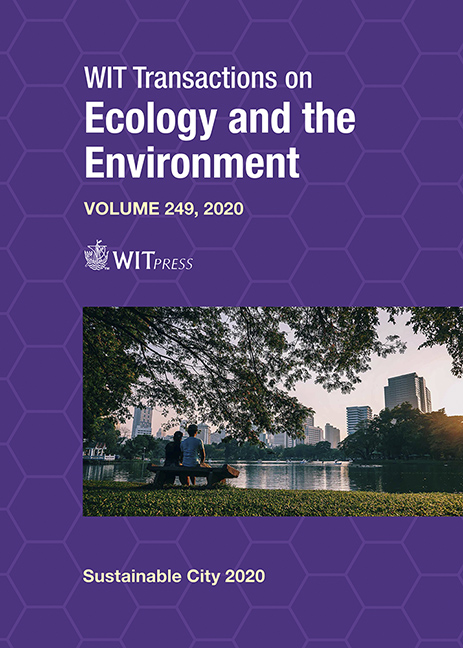CRITICAL APPROACH OF DIGITAL FOOTPRINTS TO STUDY SPATIAL PRACTICES OF URBAN TOURIST AREAS: A CASE STUDY OF INSTAGRAM DATA IN BIARRITZ, FRANCE
Price
Free (open access)
Transaction
Volume
249
Pages
15
Page Range
319 - 333
Published
2020
Paper DOI
10.2495/SC200271
Copyright
WIT Press
Author(s)
MÉLANIE MONDO, MATTHIEU NOUCHER, GRÉGOIRE LE CAMPION, LUC VACHER, DIDIER VYE
Abstract
The rise of digital footprints has created a number of promises and expectations for the study of territorial dynamics, particularly those of tourist cities. These footprints would make the observation of visitors’ spatial practices possible and make up for the lack of information on these practices at an urban scale. Thus, many studies use data from social networks to study the touristic space at different geographical scales. These studies provide several types of visualisations based on this data, thus making it possible to represent and show a supposedly new touristic space–time – from the heat map to the dashboard, the digital footprints are displayed as processed, aggregated, calculated and smoothed. All these transformations – resulting from algorithmic black boxes that do not allow a precise understanding of the methodologies (often complex and approximate) – are often not very transparent. Consequently, the technicality and opacity of this data make necessary the development of critical approaches that allow the deconstruction of these new mapping registers. Based on data collected on a widely used social network, Instagram, we wish to question digital footprints as a potential tool to observe tourist practices, by going back through the data genealogy, from the map to the footprint. Our approach consists of going back to the initial data and their associated metadata, in order to explore two fundamental dimensions, conditions pre-requisite for more complex explorations: time and space. Therefore, we collected a corpus of metadata from photographs published on Instagram between 2016 and 2018 in Biarritz, France, which we analyse following these two axes. Through this exploratory study, we will demonstrate that this data, though very rich, presents a certain number of limits, whether in terms of access to the data itself or its spatiotemporal precision.
Keywords
digital footprints, spatial practice, tourist city, critical data studies





